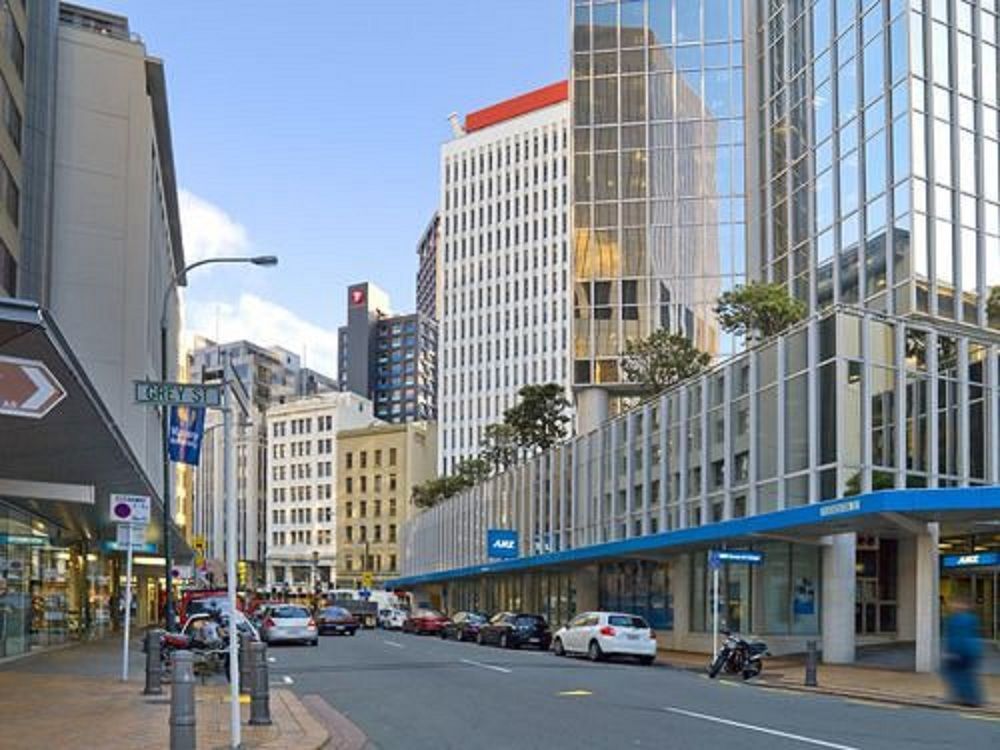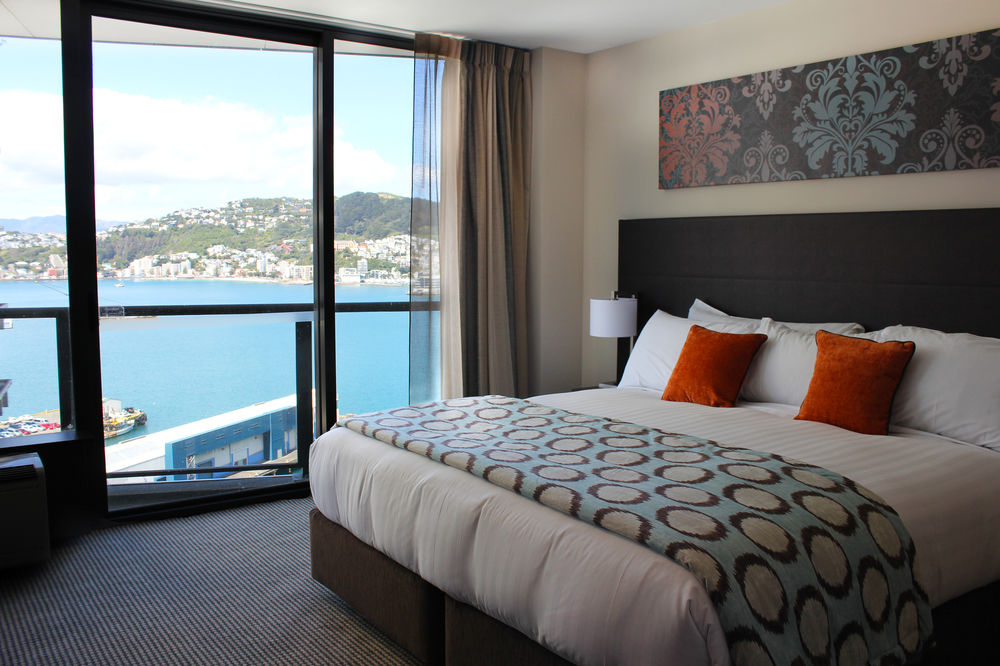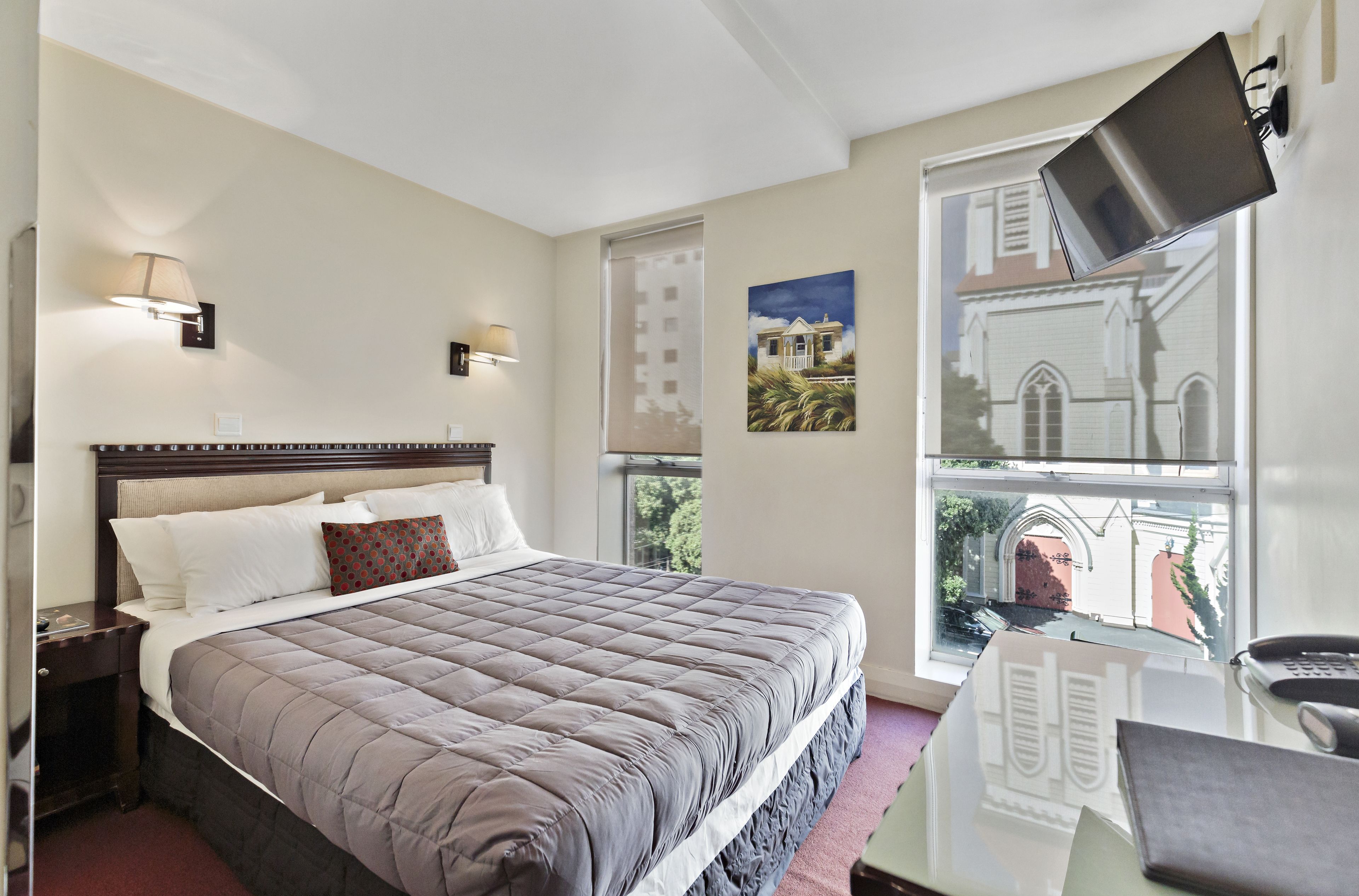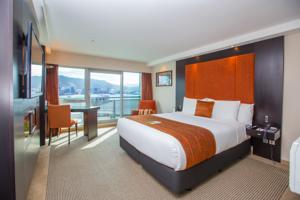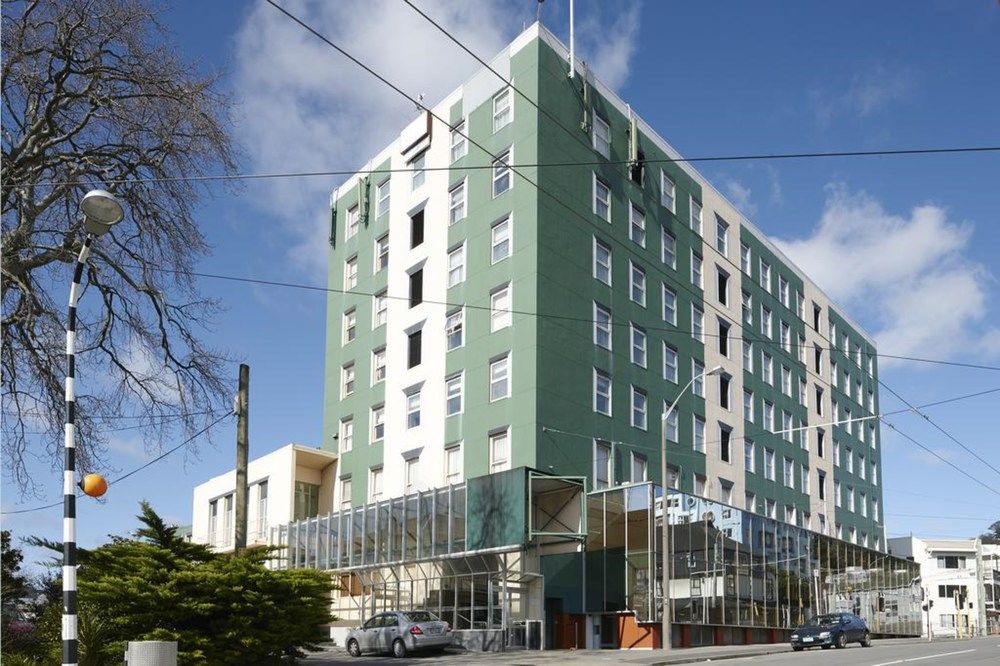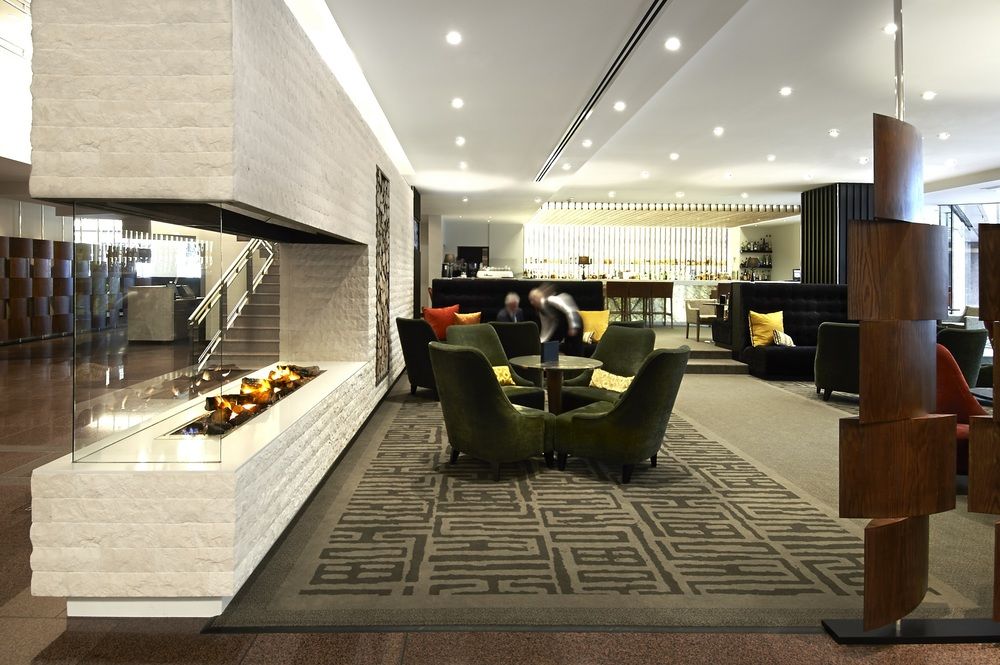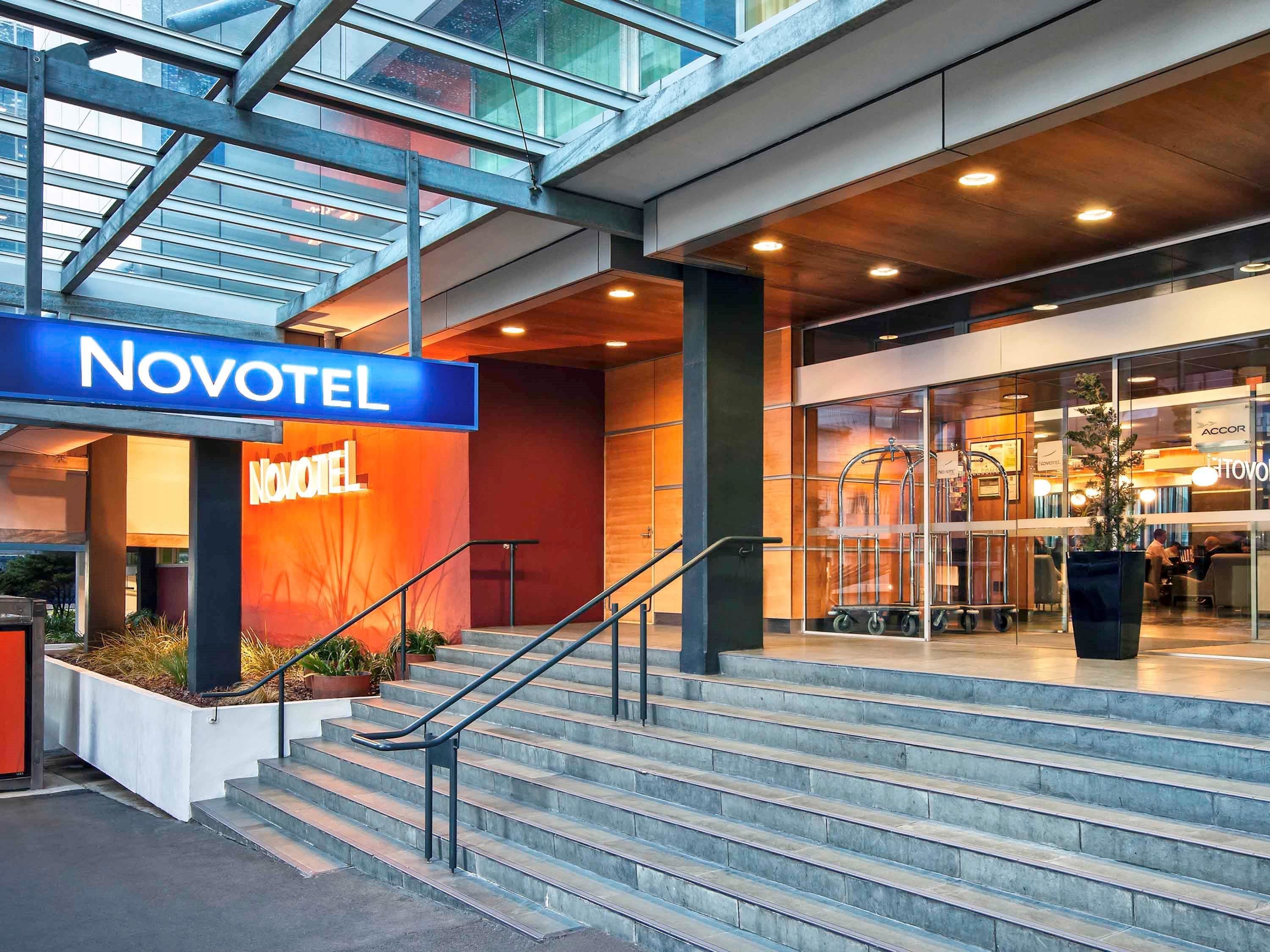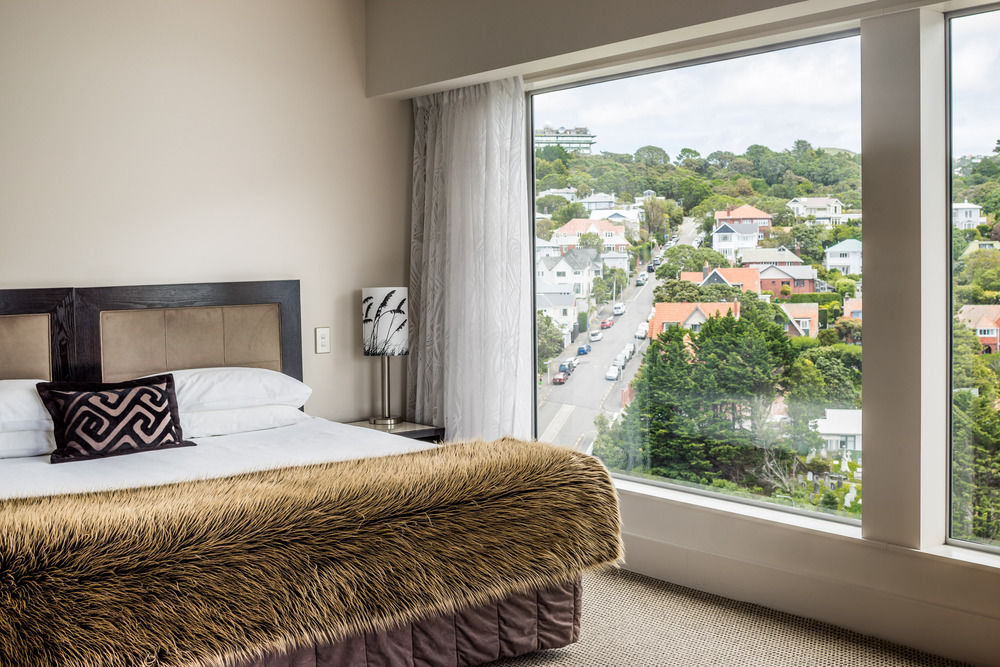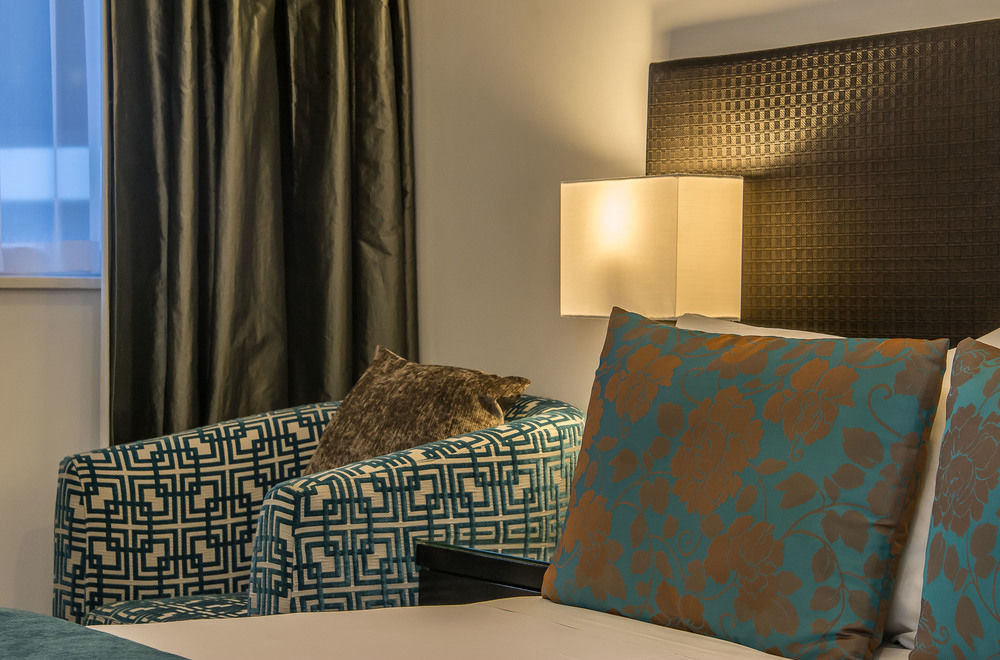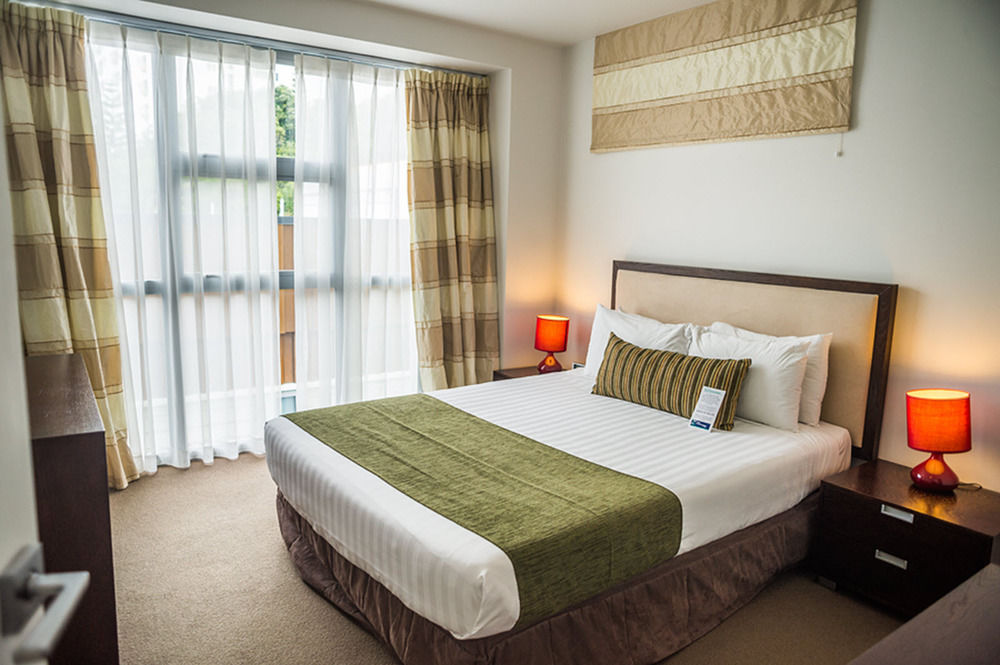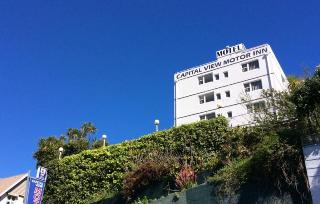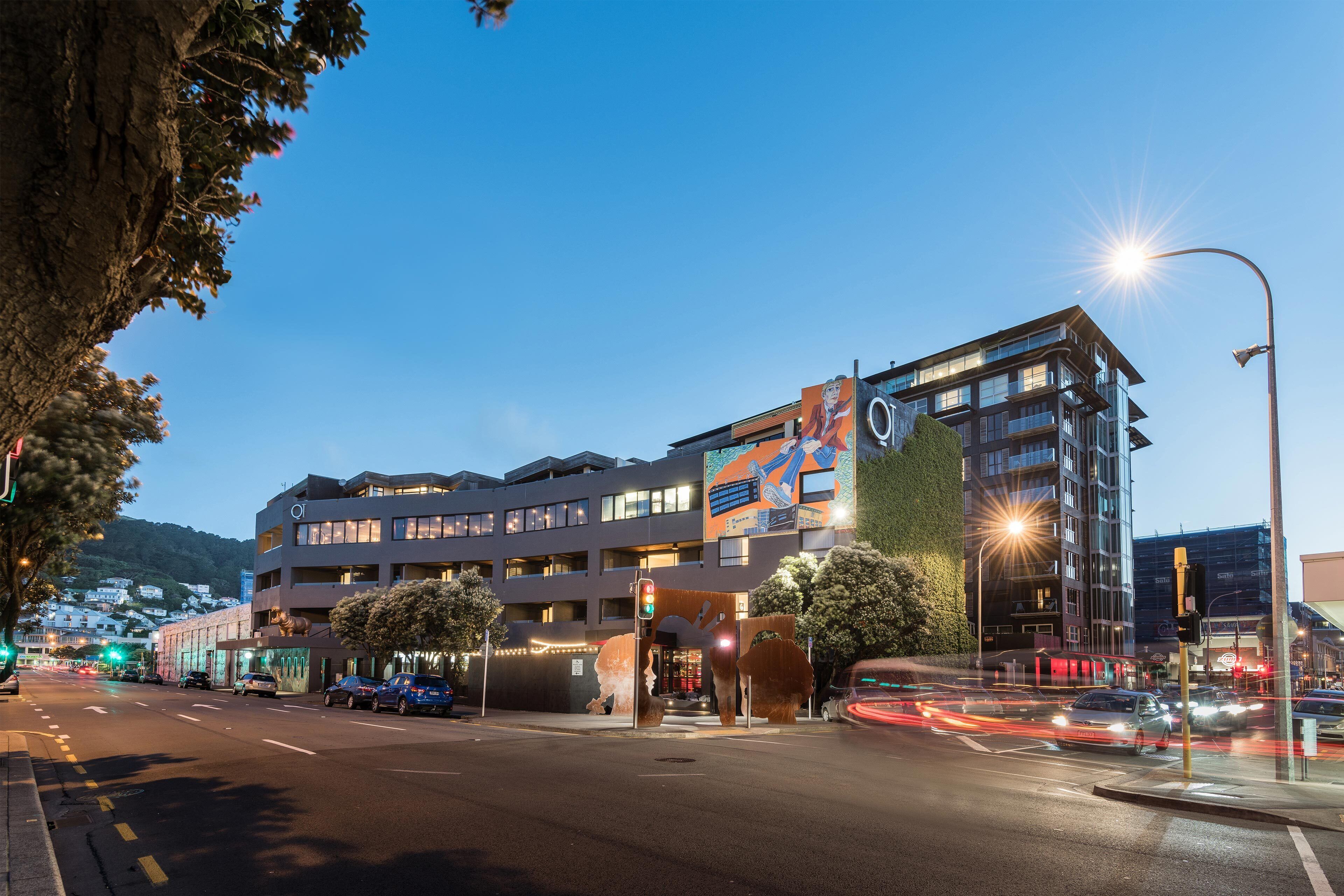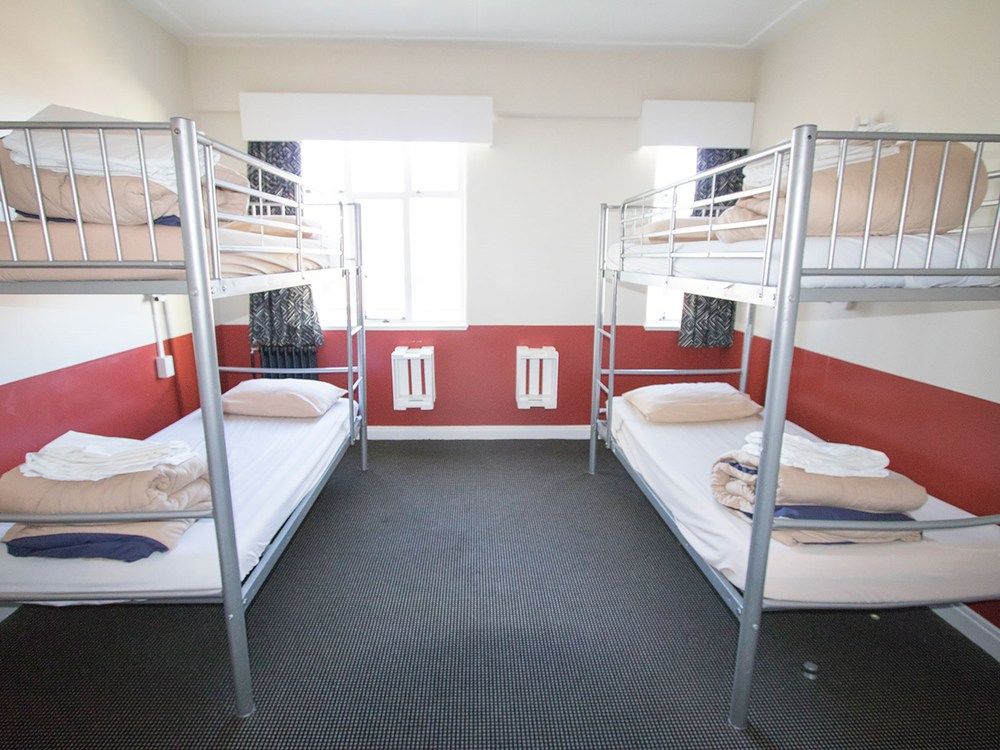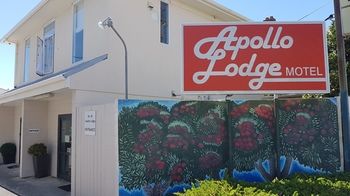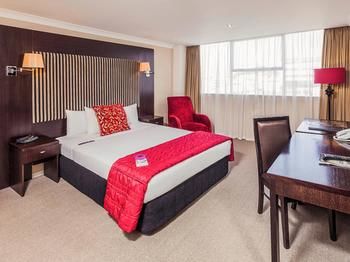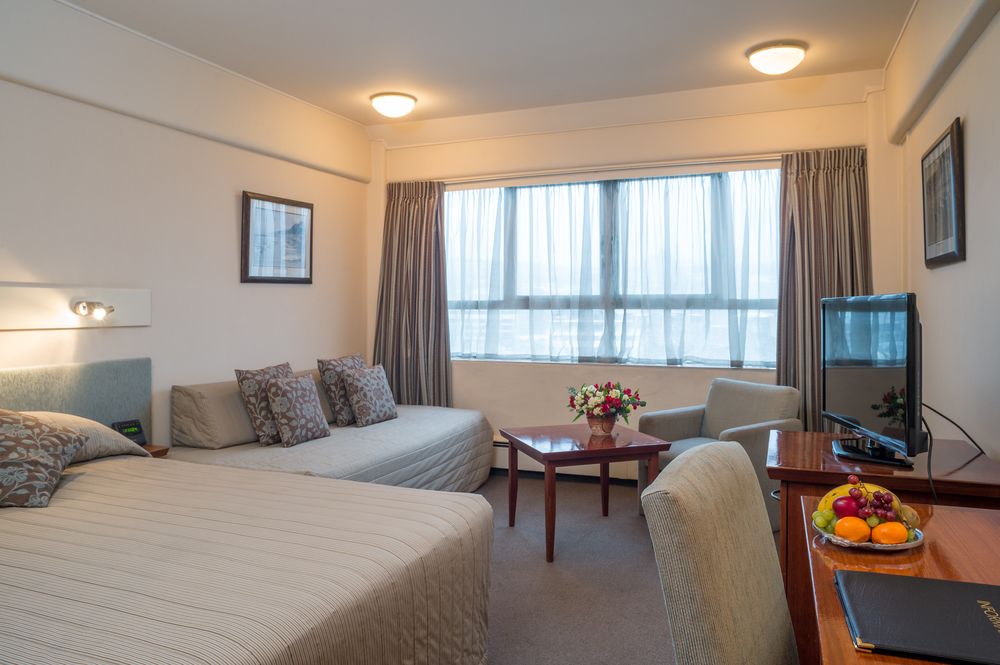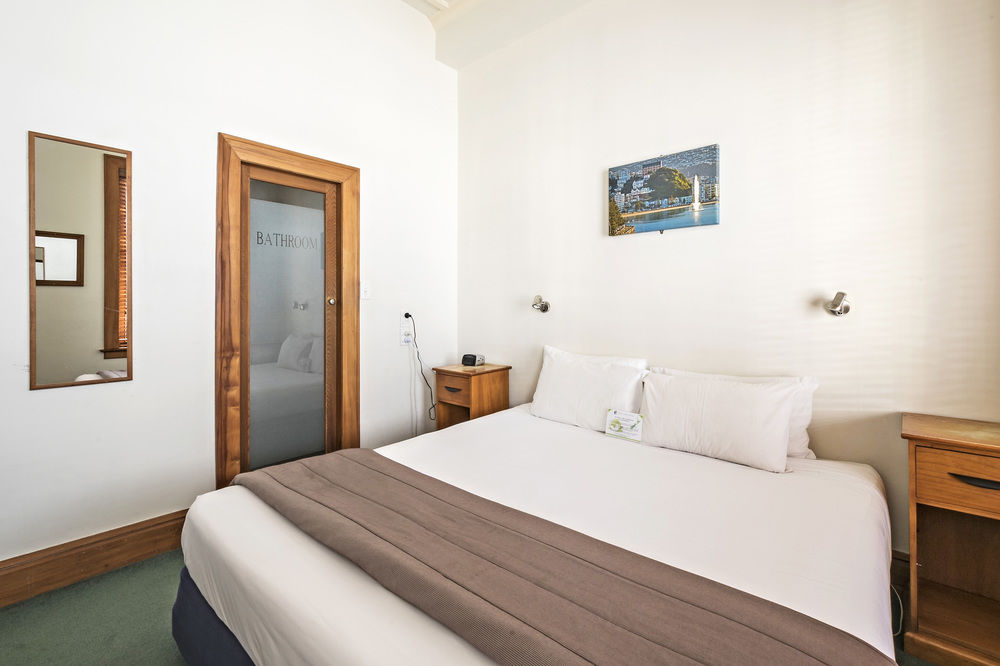
ウェリントンホテル検索結果
AIが見つけた軒のホテルの最安値をご覧ください。
ベストホテル
最安値のホテル
ホテル等級
AIおすすめ
ウェリントンベストホテル
ウェリントン 最低価格のホテル
最高評価のホテル
ウェリントンにある5つ星ホテル
ウェリントンにある4つ星ホテル
ウェリントンにある3つ星ホテル
AIがおすすめする世界の旅行先
ウェリントン近くのホテル情報
ウェリントン 旅行に欠かせない情報
“The city guarded by castle point”
Wellington (Māori: Te Whanganui-a-Tara [tɛ ˈfaŋanʉi a taɾa]) is the capital city and second most populous urban area of New Zealand, with 418,500 residents. It is located at the south-western tip of the North Island, between Cook Strait and the Remutaka Range. Wellington is the major population centre of the southern North Island and is the administrative centre of the Wellington Region, which also includes the Kapiti Coast and Wairarapa. It is the world's southernmost capital of a sovereign state. Wellington features a temperate maritime climate and is the world's windiest city, with an average wind speed of over 26 km/h (16 mph).The Wellington urban area comprises four local authorities: Wellington City, on the peninsula between Cook Strait and Wellington Harbour, contains the central business district and about half the population; Porirua on Porirua Harbour to the north is notable for its large Māori and Pacific Island communities; Lower Hutt and Upper Hutt are largely suburban areas to the northeast, together known as the Hutt Valley.
Situated near the geographic centre of the country, Wellington was well placed for trade. In 1839 it was chosen as the first major planned settlement for British immigrants coming to New Zealand. The settlement was named in honour of Arthur Wellesley, the first Duke of Wellington and victor of the Battle of Waterloo.
As the nation's capital since 1865, the New Zealand Government and Parliament, Supreme Court and most of the civil service are based in the city. Architectural sights include the Government Building—one of the largest wooden buildings in the world—as well as the iconic Beehive. Despite being much smaller than Auckland, Wellington is also referred to as New Zealand's cultural capital. The city is home to the National Archives, the National Library, the Museum of New Zealand Te Papa Tongarewa, numerous theatres, and two universities. Wellington plays host to many artistic and cultural organisations, including the New Ze
 時間 UTC+12
時間 UTC+12 通貨 NZD
通貨 NZD 言語 English, Maori
言語 English, MaoriStaypiaだけの特別な特典
リアルタイムホテル最安値比較
AIが見つけたin ウェリントンの軒のホテルのリアルタイム最安値を簡単に比較検索できます。
316万軒のホテルを最安値で予約
最低価格に最大31%追加メンバーシップ割引でさらにお得にご予約いただけます。
自分だけの
AIがリアルタイムで更新するウェリントン旅行情報で便利に旅行を準備しましょう。
よくある質問
ウェリントンで最も人気のあるホテルは James Cook Hotel Grand Chancellor, Travelodge Hotel Wellington, Rydges Wellington です。
ウェリントンで最も人気のある5つ星ホテルはInterContinental Wellington, Bolton Hotel Wellington, Boulcott Suitesです。 ウェリントン 評価順にホテルを見る
一般的なホテルの場合、客室予約はキャンセル締切日前まで無料返金が可能です。キャンセル締切日以降は手数料が発生する場合がありますので、ホテルバウチャーまたはメニュー>マイ予約でキャンセル締切日をご確認ください。
ステピアでは、AIが収集した316万件のホテルの最安値はもちろん、会員限定の追加割引価格で人気ホテルを予約することができます。
